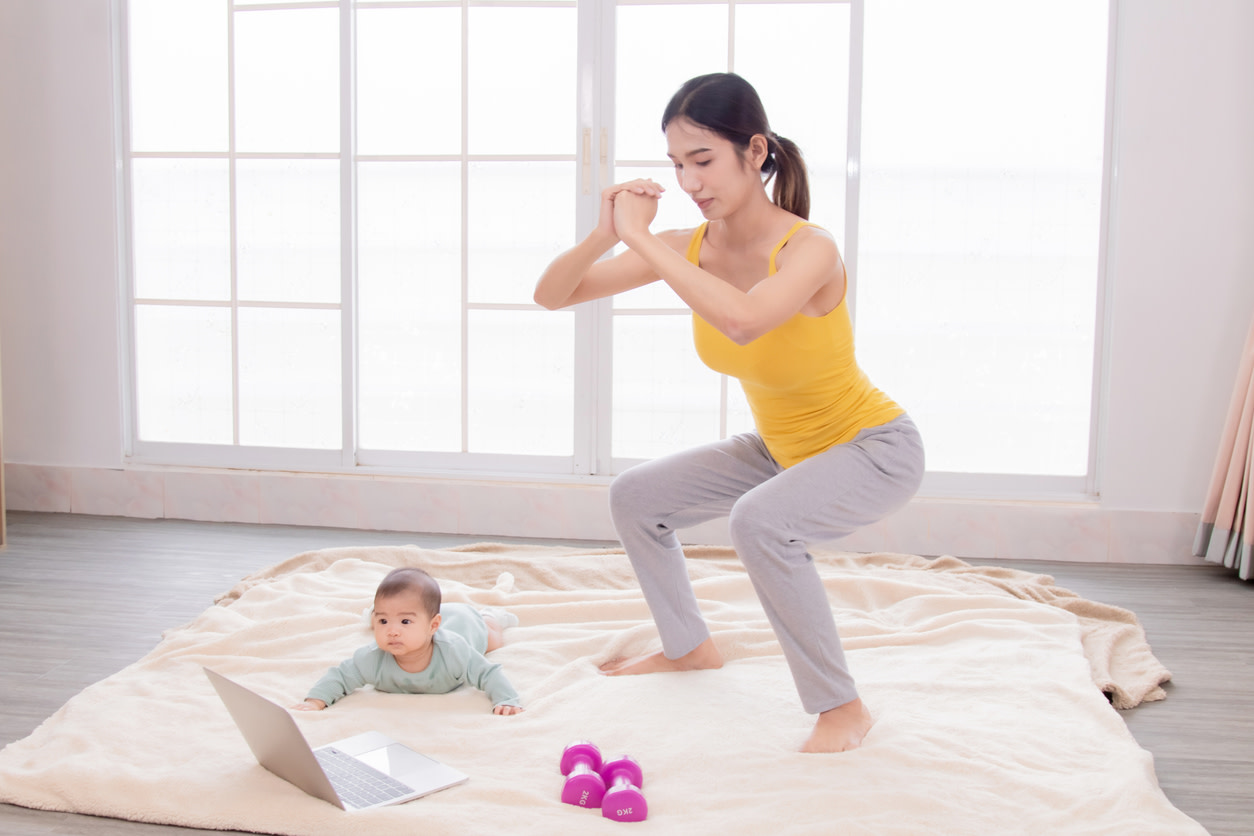Postpartum physical therapy: a guide to recovery from pelvic floor physical therapists
Discover postpartum physical therapy benefits. Learn how it aids pelvic floor recovery, reduces pain and incontinence, and supports safe exercise.
$0 costo para usted
Fecha de Publicación: Feb 6, 2025
El índice
Fully Covered Pelvic Care
Find relief from pelvic pain, leakage, muscle weakness, & more.
Check if I'm eligible